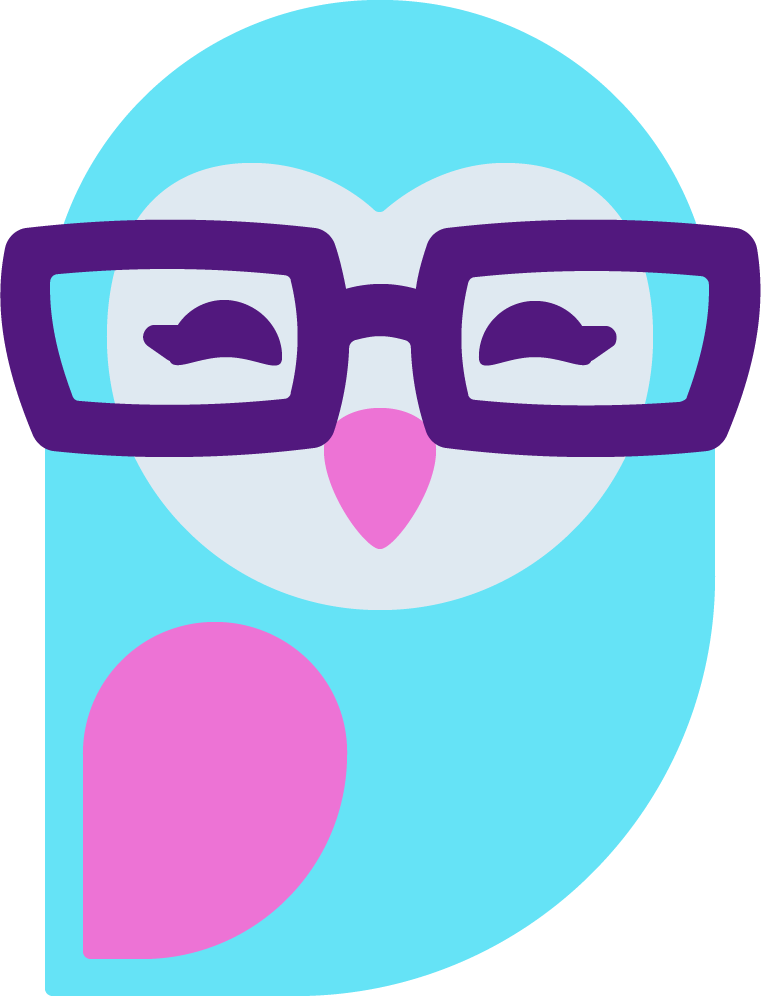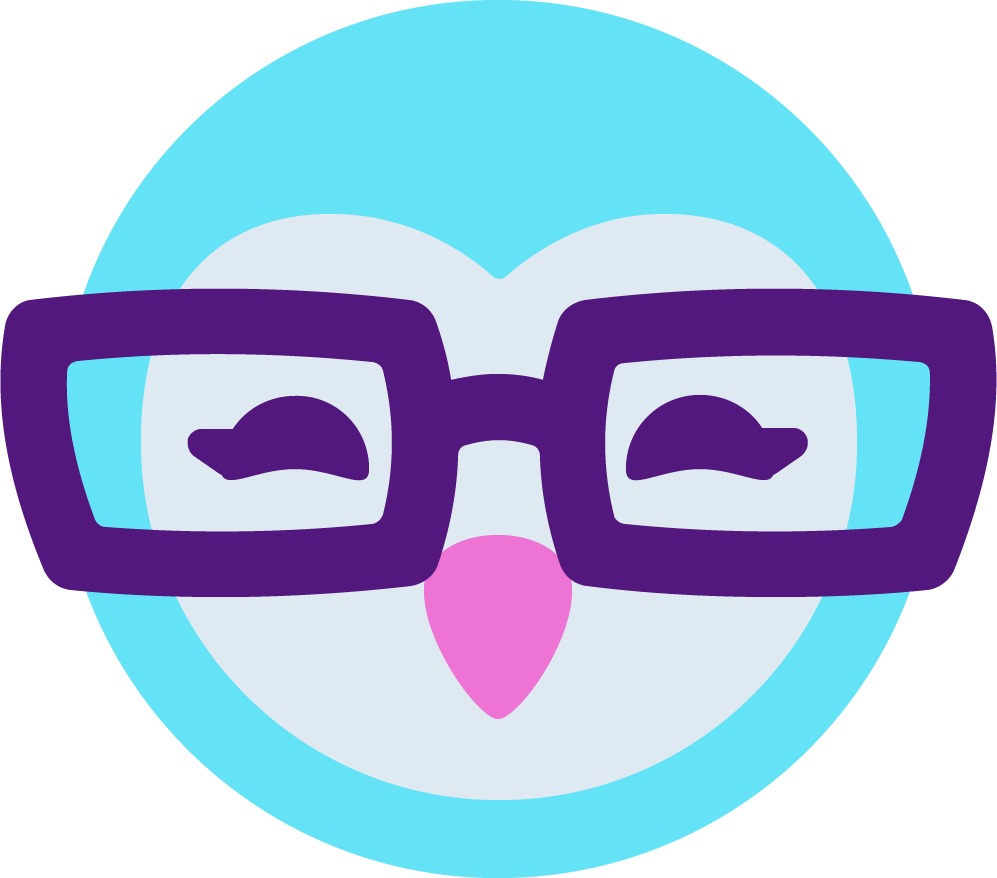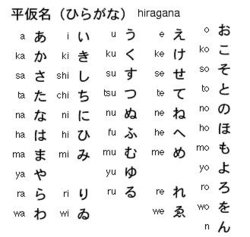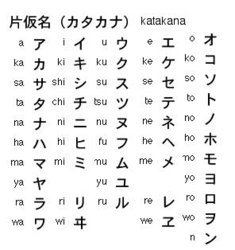So, learning hiragana is super easy and I highly suggest you learn it just to do it, even if you don't plan on learning Japanese fluently. It's only about 48 actual characters, and it's really cool to be able to read things like "sushi" and "koneko". I think I'm going to post Hiragana and tips on remembering them soon, just because I think it's really fun to learn personally.
I'm just going explain a little bit about each syllabary used in written Japanese just in case anyone wants to know how it works.
Hiragana, Katakana, and Kanji!
Japanese is written in three different forms.
Hiragana is what Japanese children learn first, it's very similar to our alphabet. Each character represents a different sound such as "wo, ri, mi, a, ku". There are pretty much 48 characters to learn.
If you know each character, you can sound out the words. You can easily communicate with Hiragana if you do not know the Kanji for the word, but if you try to write out entire sentences and paragraphs in Hiragana, it might just look all mashed together, like if I weretotypelikethisandyoumightnotunderstanditsoeasily. Because they don't space words. Hiragana is also used when there isn't any kanji equivalent.
Katakana is also extremely easy to learn. It's also only 48 characters and each character represents a different sound. The only time katakana is used, though, is typically when spelling out foreign words, country names, and personal foreign names. Also onomatopoeia words, and company names. So if it isn't originally Japanese, it's probably written in Katakana.
Annnd
Kanji. Kanji are Chinese characters. The Japanese government published a list of about 2,298 kanji characters that are called "Jōyō kanji", or kanji for general use that all high schoolers need to know before graduating. These are the most common kanji used in media publications, but it's said that if you want to read more specialized publications, you may need to know about 2 - 3,000 more kanji.
Kanji is taught by grade, I believe 1st graders learn 80 kanji characters, then 2nd graders learn another portion, and so on throughout grades so it is divided up each grade level until all 2,000+ characters are taught.
Unlike hiragana and katakana, though, each kanji does not represent its own unique sound. This is what makes kanji difficult. Each character represents an actual word, not a sound.
Here are some examples:
Hiragana:
Katakana:
Kanji by Grade (1st Grade Page):
http://japanese.about.com/library/blkodgrade1.htm
So, from the hiragana list, you can see that sushi is made up of (su)す and (shi)し or すし ! Or "karate" is (ka) か - (ra) ら - (te) て or からて!
And katakana is very simple--America for instance is (a)ア (me)メ (ri)リ (ka)カ-- アメリカ !
Just thought that it's an interesting thing to know how languages work, even if you don't actually plan on learning the language itself. I can read hiragana and am going to start learning kanji the grade school way just because. Oh, and katakana as well, but that won't take long to memorize.
 I figured I would start one just for the hell of it.
I figured I would start one just for the hell of it. 



